
News writer, Interviewer
How does a lottery beat budget targets while hemorrhaging sales? Iowa's latest numbers paint a puzzling picture that reveals the hidden mechanics of lottery economics.
The Iowa Lottery delivered exactly what it promised state officials in fiscal year 2025. Sales hit $434.9 million. Proceeds topped $86 million. Both figures exceeded budget projections.
But here's the catch: Sales fell $55 million compared to 2024's record-breaking $489.9 million haul.
The billion-dollar jackpot hangover
If we are talking about the lottery, last year spoiled many state lotteries. Five separate jackpots climbed past $1 billion. Three in Powerball. Two in Mega Millions. Players lined up around blocks. This year, there was only one billion-dollar prize.
The numbers tell the story. Powerball sales stumbled 51%. Mega Millions dropped 29%. When jackpots shrink, players vanish.
"The timing of giant jackpots and when they will occur can't be predicted," the Iowa Lottery explained.
Scratch tickets feel the squeeze
Giant jackpots grab headlines. But scratch tickets pay the bills. They generated $290.1 million—67% of Iowa's total sales. Even these reliable workhorses stumbled. Sales fell 4% from last year's $302.1 million.
Scratch ticket performance mirrors economic conditions. When wallets tighten, $5 instant games become luxuries. The 4% decline suggests Iowa residents felt pinched this year.
How did they still exceed budgets?
Lottery officials aren't fortune tellers. They can't predict when Powerball will hit $2 billion. Smart budgeting accounts for the jackpot drought.
Iowa's budget assumed modest jackpots and steady scratch sales when reality matched expectations instead of exceeding them wildly, the lottery delivered on its promises.
Sales came in 4.1% above budget. Proceeds beat projections by 11.8%.
The profit margin puzzle
Here's where lottery math gets interesting. Lower sales don't always mean lower profits. Scratch games carry smaller profit margins than Powerball and Mega Millions. When jackpot games dominate sales (like in 2024), total revenue soars, but profit percentages shrink.
This year's sales mix tilted toward scratch games.
What this means for state programs
Veterans felt the impact first. The Iowa Veterans Trust Fund received $2.5 million. The fund has collected over $42 million since 2008.
Other beneficiaries include families of fallen peace officers, firefighters, and corrections employees. Plus the state General Fund, which supports everything from schools to agriculture programs.
Is this a trend or a blip?
Are we seeing a normal market correction or the start of something worse?
Consider the evidence. Scratch sales dropped 4%. InstaPlay games actually grew from $28 million to $32.1 million.
Economic factors matter more than many realize. Discretionary spending on lottery tickets responds to inflation, employment, and consumer confidence. Iowa's 4% scratch decline might reflect broader economic headwinds.
The retail reality
About 2,500 Iowa businesses sell lottery tickets. Their commissions fell 11.5% to $28.3 million. That means less revenue for gas stations, grocery stores, and convenience shops statewide.
Hy-Vee dominated the top retailer list, claiming nine of the ten highest-selling locations. Cedar Rapids emerged as Iowa's lottery capital, hosting four top-ten retailers.
Looking ahead
Iowa Lottery officials face a classic challenge. Budget conservatively and risk leaving money on the table. Budget aggressively and risk falling short. This year proved their approach works as they delivered on promises despite challenging conditions.
But questions remain. Will scratch sales continue declining? How long can the lottery maintain proceeds without jackpot fever? And what happens when economic pressures intensify? The answers will determine whether 2025 represents smart planning or lucky timing.
For now, Iowa's lottery machine keeps humming.

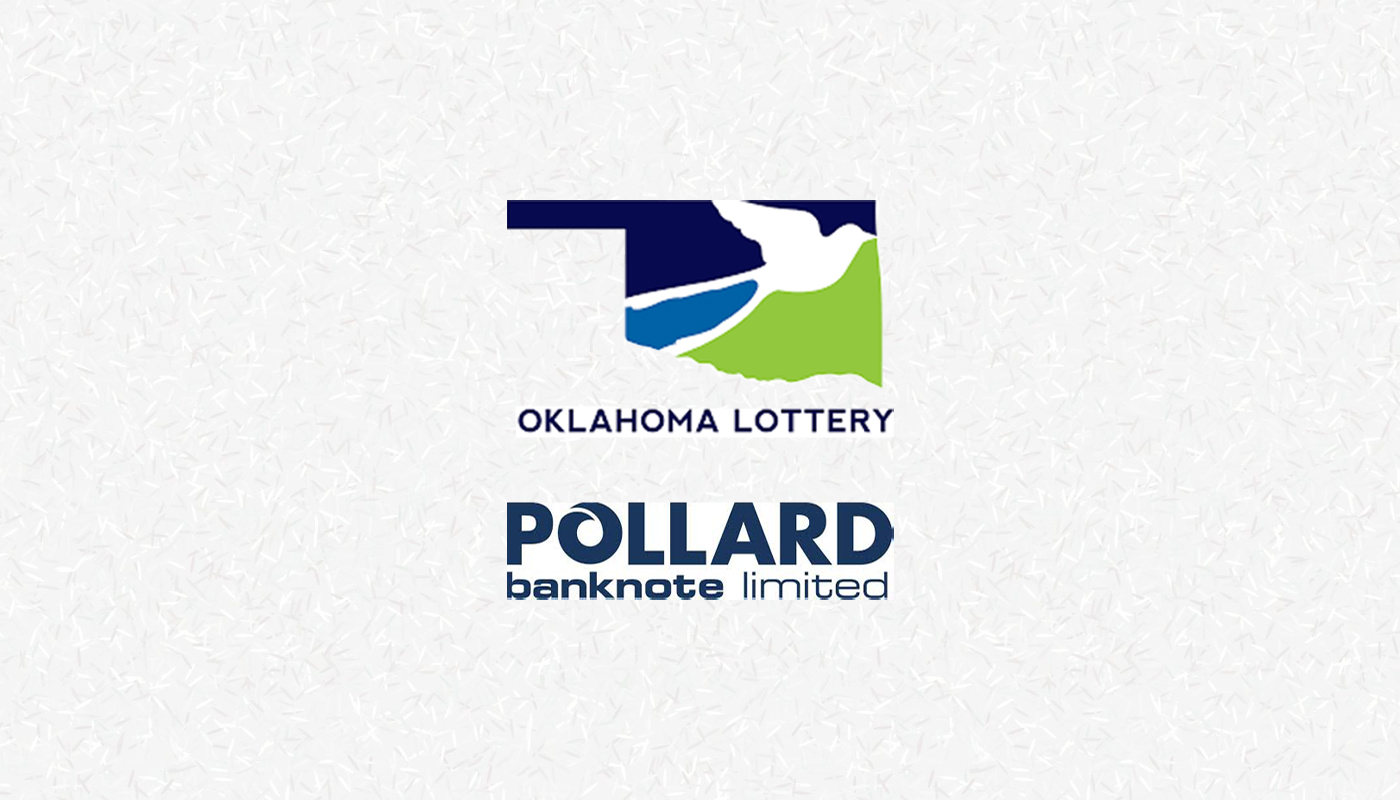

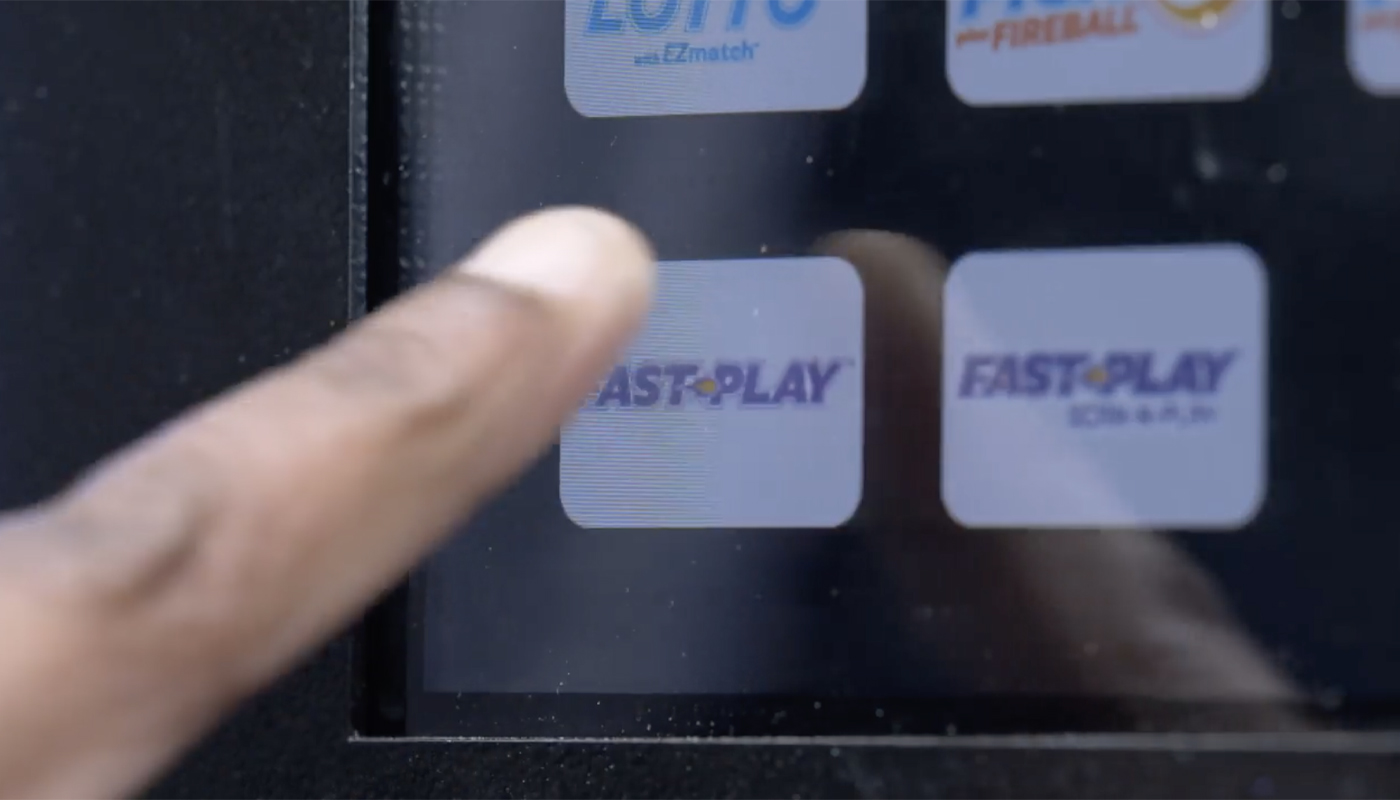
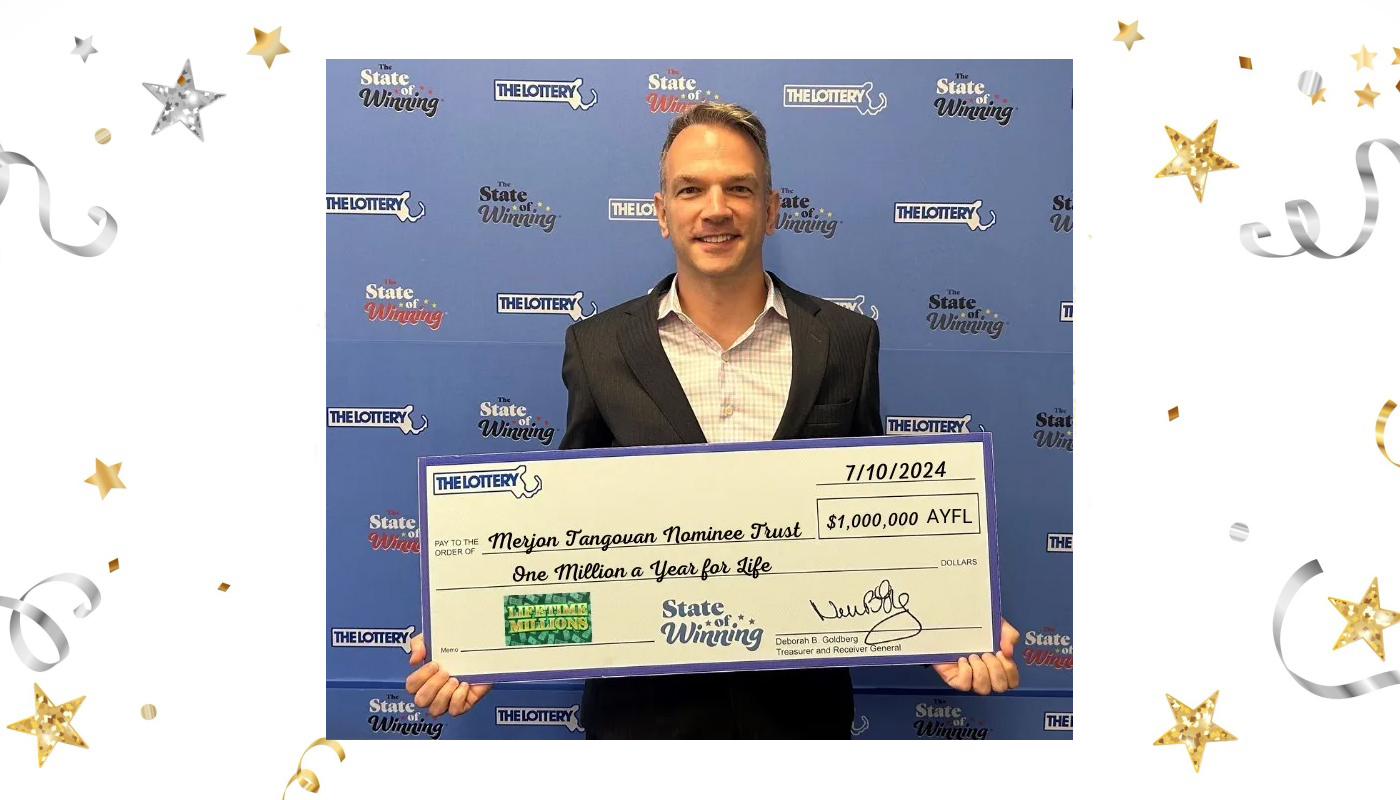

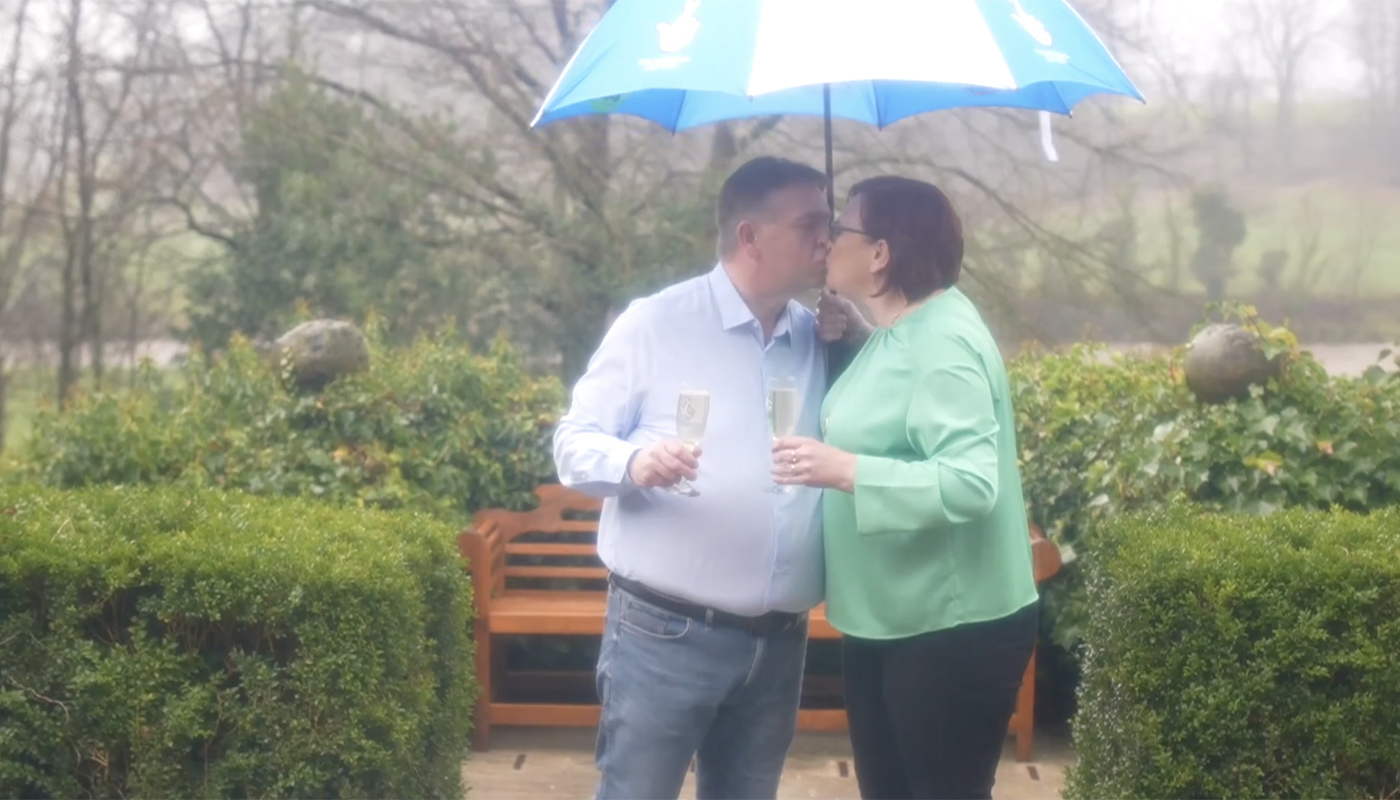
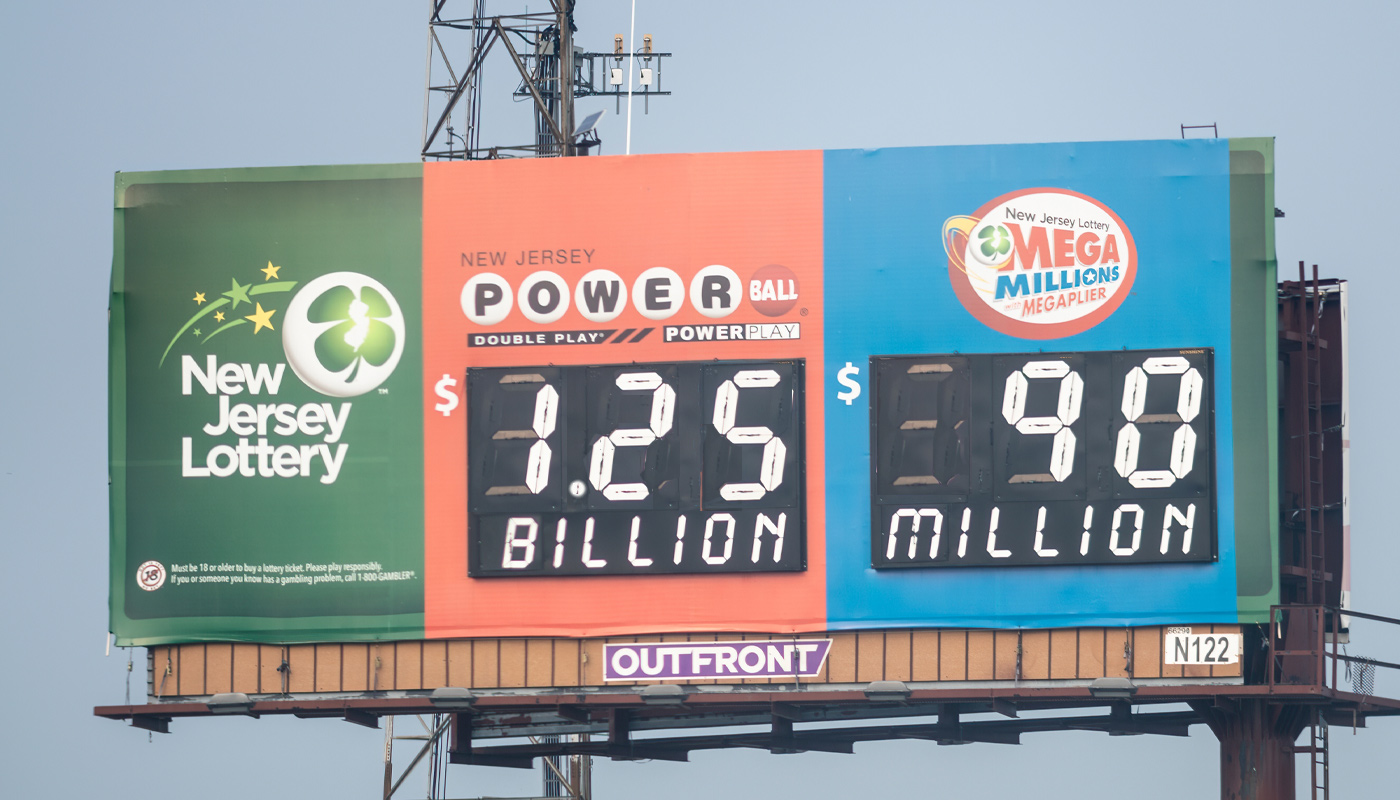

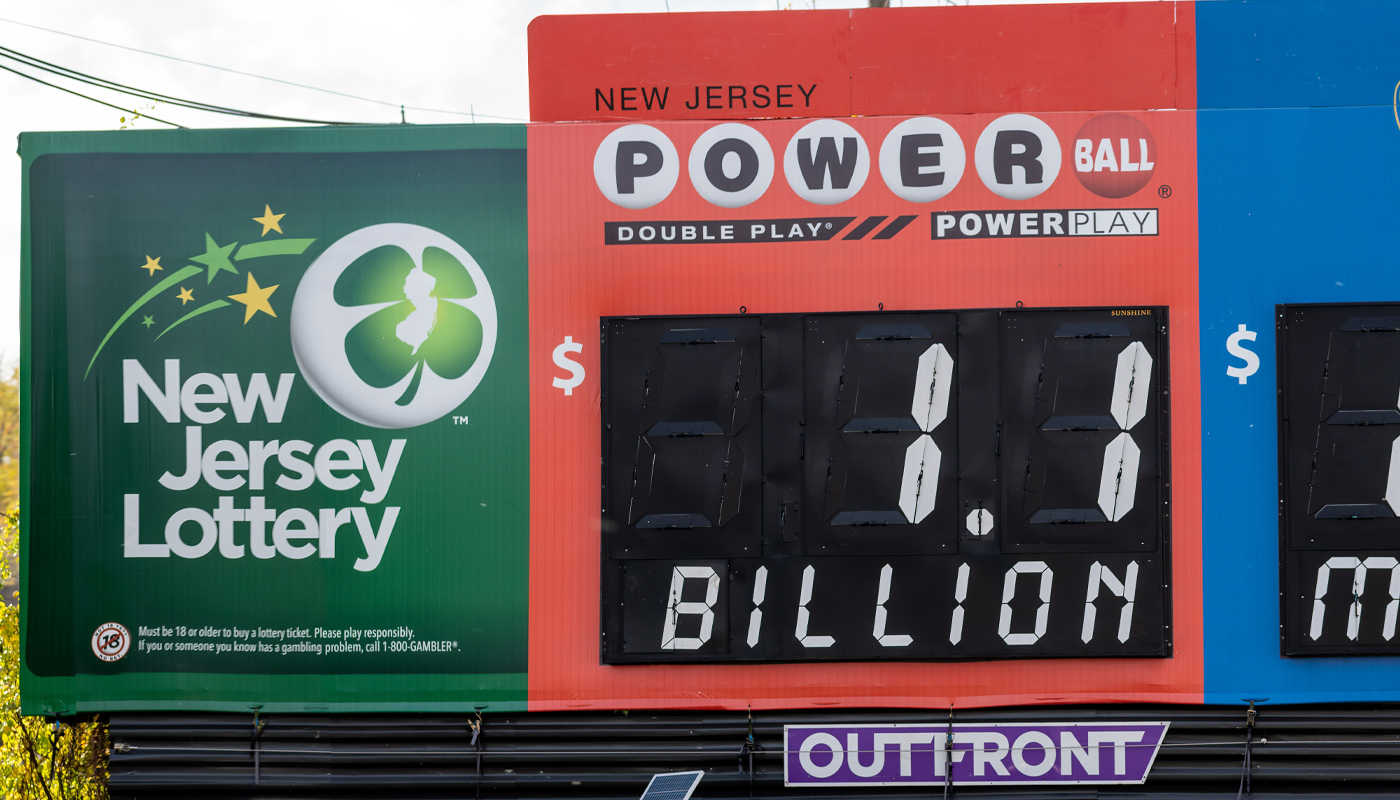









Comments